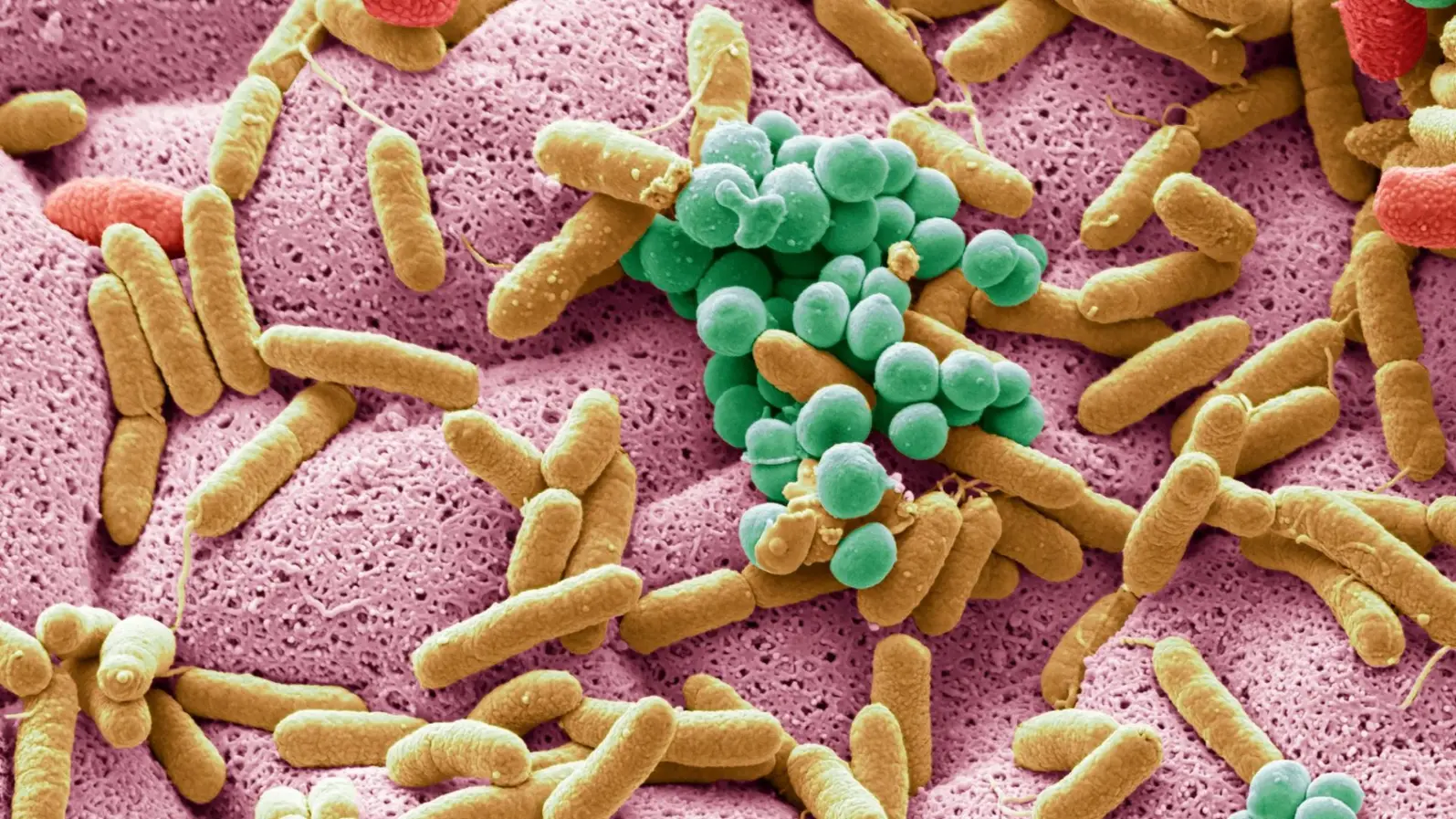
How Citizen Scientists Helped Map the Oral Microbiome Across Ages
A new look inside our mouths
Your mouth is home to a bustling ecosystem of hundreds of bacterial species — some helpful, others less so. These microorganisms don’t just affect your breath or your teeth; they’re also linked to conditions like obesity, heart disease, and diabetes.
But until recently, most oral microbiome studies were done on small, tightly controlled groups, not the general public.
A research team from Colorado State University, Michigan State University, and the University of California San Diego decided to change that — with help from ordinary museum visitors.
Crowdsourcing science at a museum
In this unique “citizen science” project, guests at the Denver Museum of Nature & Science volunteered to swab their mouths and share basic information about their health, diet, and dental habits.
More than 350 participants — children and adults — took part. The goal: to see how age, family ties, and lifestyle affect the bacteria that live in our mouths.
By analyzing the bacterial DNA from these samples, the scientists mapped patterns of microbial diversity in a real-world population — something that had rarely been done before.
Youthful mouths host more diverse bacteria
The team found that children’s oral microbiomes were generally more diverse than those of adults. Kids’ mouths contained a wider variety of bacteria and a more even balance between different species.
This may be due to biological and lifestyle factors — for instance, children’s teeth are still developing, and their oral hygiene routines may be less consistent. Adults, meanwhile, showed greater variability from person to person, suggesting that individual habits shape the microbiome over time.
Dental habits matter — especially for adults
Among adults, certain dental behaviors had clear effects on oral bacteria. People who flossed regularly or had visited the dentist within the past few months tended to have different — and likely healthier — microbiomes than those who hadn’t.
The researchers noted that the potentially harmful genus Treponema (linked to gum disease) appeared more often in adults who had gone over a year without a dental checkup.
For kids, body weight and sex made a difference
In children, oral microbiome patterns were linked less to hygiene and more to biological traits. Boys and girls showed slight differences in their bacterial communities, and obese youth had higher levels of Treponema — the same bacteria tied to poor oral health in adults.
This overlap hints at possible connections between obesity, oral bacteria, and general health, even at a young age.
Family ties show microbial similarity
Interestingly, family members shared more similar oral microbiomes than unrelated individuals — especially mothers and children. This supports the idea that shared environments and daily contact play a stronger role than genetics in shaping our mouth bacteria.
No link between sweet preference and oral bacteria
The study also explored whether people’s love (or dislike) of sweet tastes affected their oral microbes. Surprisingly, no significant relationship was found — suggesting that our sweet tooth doesn’t directly reshape our oral bacterial balance.
Why this study matters
By using a crowdsourced model, the researchers demonstrated that valuable, high-quality microbiome data can be collected from the public — not just from lab-based studies.
This approach makes science more inclusive and may help uncover broader trends in human health that small-scale studies miss.
Their findings also reinforce the idea that good dental care isn’t just about a bright smile. Regular flossing and dentist visits may help maintain a balanced microbiome, protecting against inflammation and even systemic diseases.
In summary
Children’s oral microbiomes are more diverse than adults’.
Adults’ bacterial composition is shaped by dental hygiene habits.
Treponema appears more in adults without recent dental care and in obese youth.
Family members share more similar oral microbes than strangers.
Crowdsourced science is a powerful tool for studying human microbiomes.
Original research:
Burcham, Z.M., Garneau, N.L., Comstock, S.S., Tucker, R.M., Knight, R., & Metcalf, J.L. (2020). Patterns of Oral Microbiota Diversity in Adults and Children: A Crowdsourced Population Study. Scientific Reports, 10, 2133.